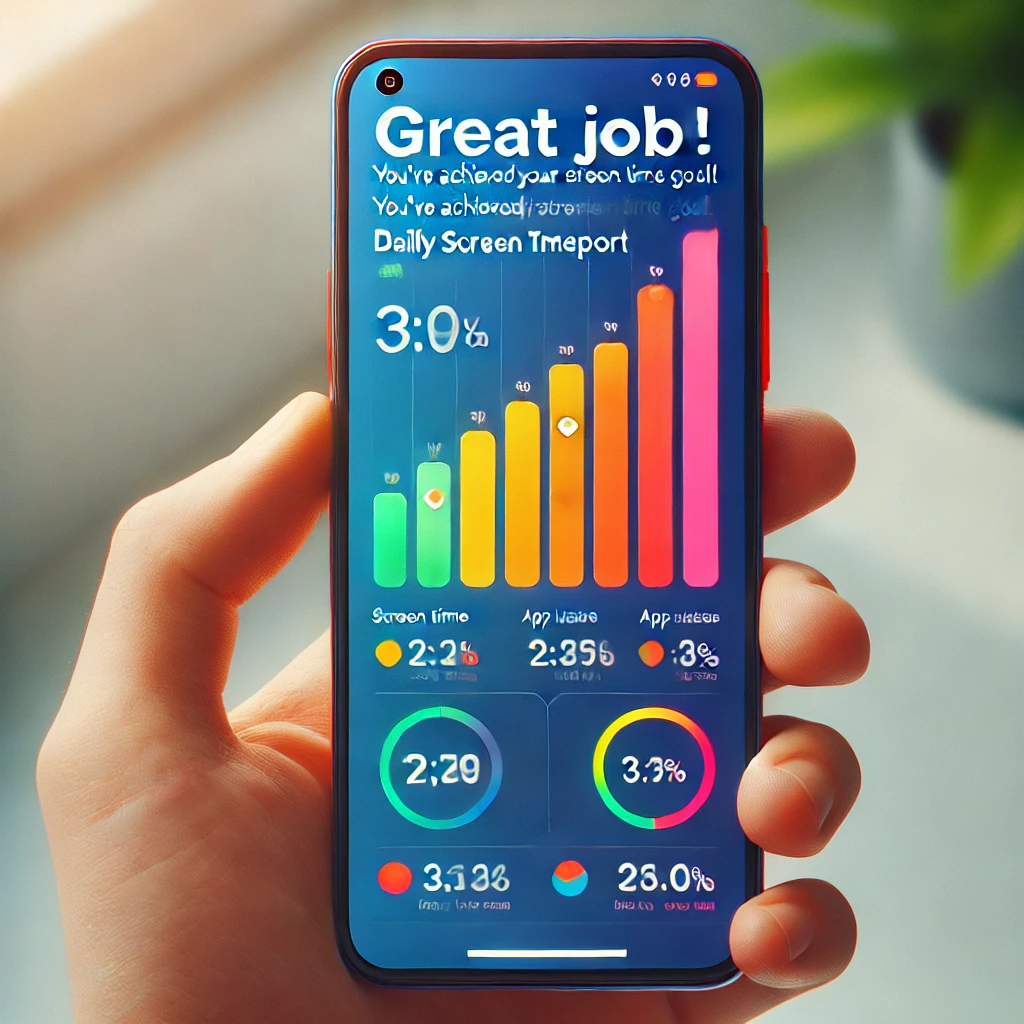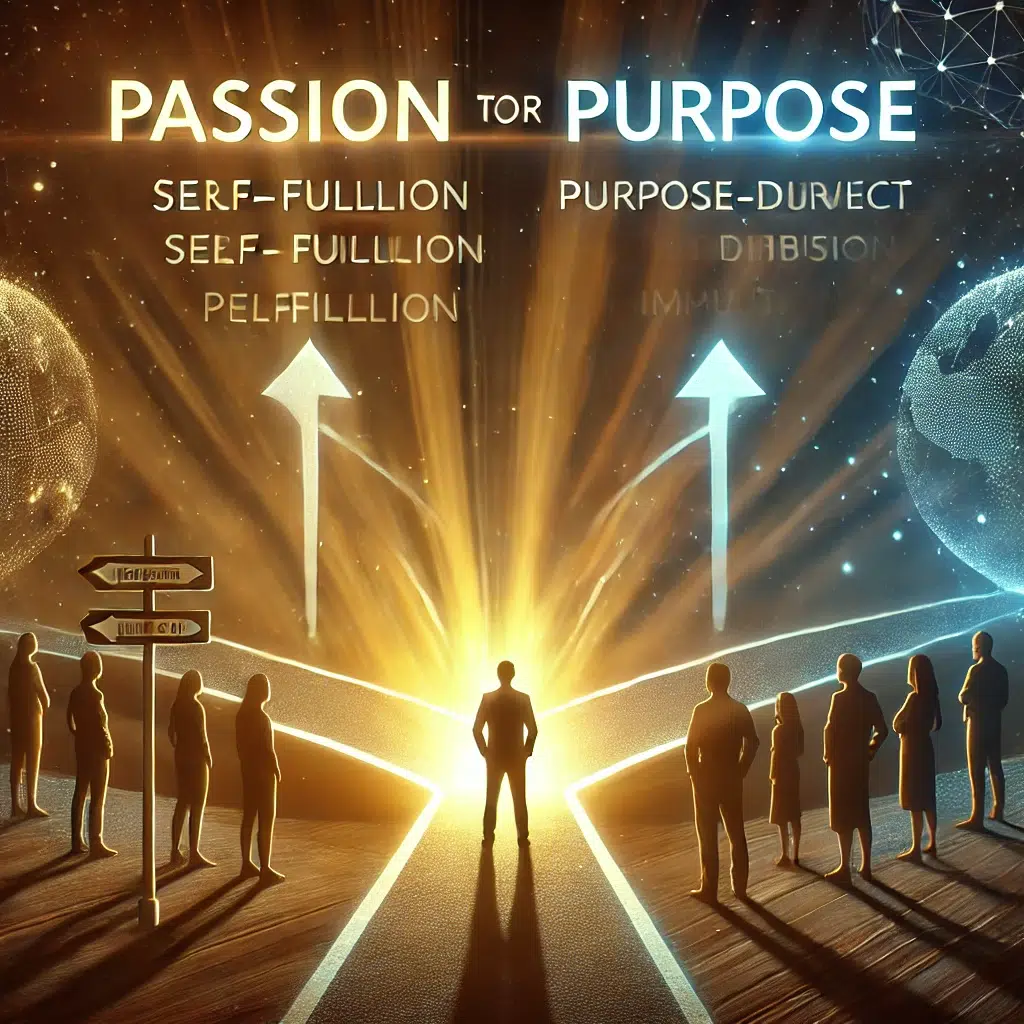Introduction: A Cautionary Tale of Technology Overuse
Picture this: A family sits together in their living room, yet no one is truly present. The father scrolls through work emails, the mother dives into a social media rabbit hole, and the children are glued to their tablets, playing games or watching videos. Conversations are replaced by notifications, and connection feels distant despite their physical closeness. This scene is all too common in today’s hyper-connected world, where technology often encroaches on personal relationships and productivity. But is there a way to harness its benefits without falling into its traps?
The Double-Edged Sword of Technology
The Benefits of Technology
Technology has revolutionized our lives. It connects us across continents, provides access to limitless information, and enhances productivity through innovative tools. From telemedicine to remote work, the possibilities seem endless. However, as with any powerful tool, misuse can lead to unintended consequences.
The Downsides: Screen Addiction and Mental Health Impacts
Overuse of technology has been linked to several issues:
- Screen Addiction: Endless scrolling and binge-watching can consume hours of our day, leaving little time for meaningful activities.
- Mental Health Challenges: Excessive screen time has been associated with anxiety, depression, and sleep disturbances.
- Strained Relationships: Digital distractions can create emotional distance and misunderstandings in personal and professional relationships.
Steps to Create Digital Balance
To cultivate a healthier relationship with technology, consider these actionable steps:
1. Set Tech-Free Zones
Designate areas in your home, such as bedrooms or dining tables, as tech-free zones. This encourages face-to-face interactions and uninterrupted rest.

2. Schedule Downtime
Plan periods during the day when you disconnect from devices. Use this time for activities like reading, exercising, or pursuing hobbies.

3. Use Apps to Track and Limit Screen Time
Numerous apps, such as Screen Time (iOS) and Digital Wellbeing (Android), can help monitor usage and set boundaries.

4. Practice Mindful Usage
Before reaching for your phone, ask yourself, “Is this necessary right now?” Practicing mindfulness can curb impulsive habits.
5. Prioritize Human Connection
Make a conscious effort to engage with people around you. Schedule regular in-person meetups with friends and family.
Success Stories: Transforming Lives Through Digital Moderation
- Sarah’s Story: A young professional, Sarah, found herself overwhelmed by work emails spilling into her evenings. By implementing tech-free zones and scheduling downtime, she reconnected with her passion for painting and experienced a boost in mental clarity.
- Mark’s Journey: After realizing he was spending over six hours daily on social media, Mark began tracking his screen time and setting daily limits. Within months, he reported improved relationships and a newfound love for running.
Creating Your Personalized Digital Detox Plan
- Reflect on Your Habits: Spend a day logging your tech usage. Identify patterns and areas for improvement.
- Set Realistic Goals: Start small, like reducing screen time by 30 minutes a day.
- Establish Boundaries: Decide on tech-free zones and times.
- Seek Support: Share your goals with friends or family for accountability.
- Reward Yourself: Celebrate milestones with non-digital treats, like a day trip or a favorite meal.
Conclusion: Commit to Mindful Technology Use
Technology is a tool, not a master. By creating intentional boundaries and practicing mindful habits, we can enjoy its benefits without letting it control our lives. Take the first step today: reflect on your tech habits, commit to change, and design a digital detox plan that aligns with your lifestyle. Your future self will thank you.







Leave a Reply